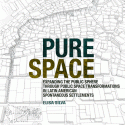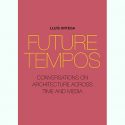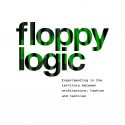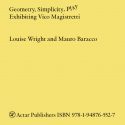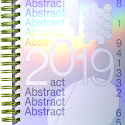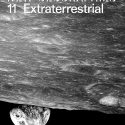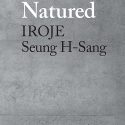Pure Space (ENG ED.)
Expanding the Public Sphere through Public Space Transformations in Latin American Spontaneous Settlements Elisa Silva
The publication is not intended to serve only as a catalogue, guide, or manual on how to produce public space in spontaneous settlements. Rather, it goes beyond the aims of an index of best practices. It is intended, instead, as an empirical base for a critical and theoretical engagement with the problematic of development, social inclusion, public investment, (in)formal settlement, civil society and the public sphere. The publication achieves its final function at this third level, by providing a compelling argument to expand the agency of architects and urban designers and creatively find ways of justifying, financing, and building public spaces in communities —spaces that have a catalytic effectiveness in achieving significant urban and social transformation. Graham Foundation Grant and CAF Development Bank of Latin America Buy Spanish Edition EBOOK EDITION
